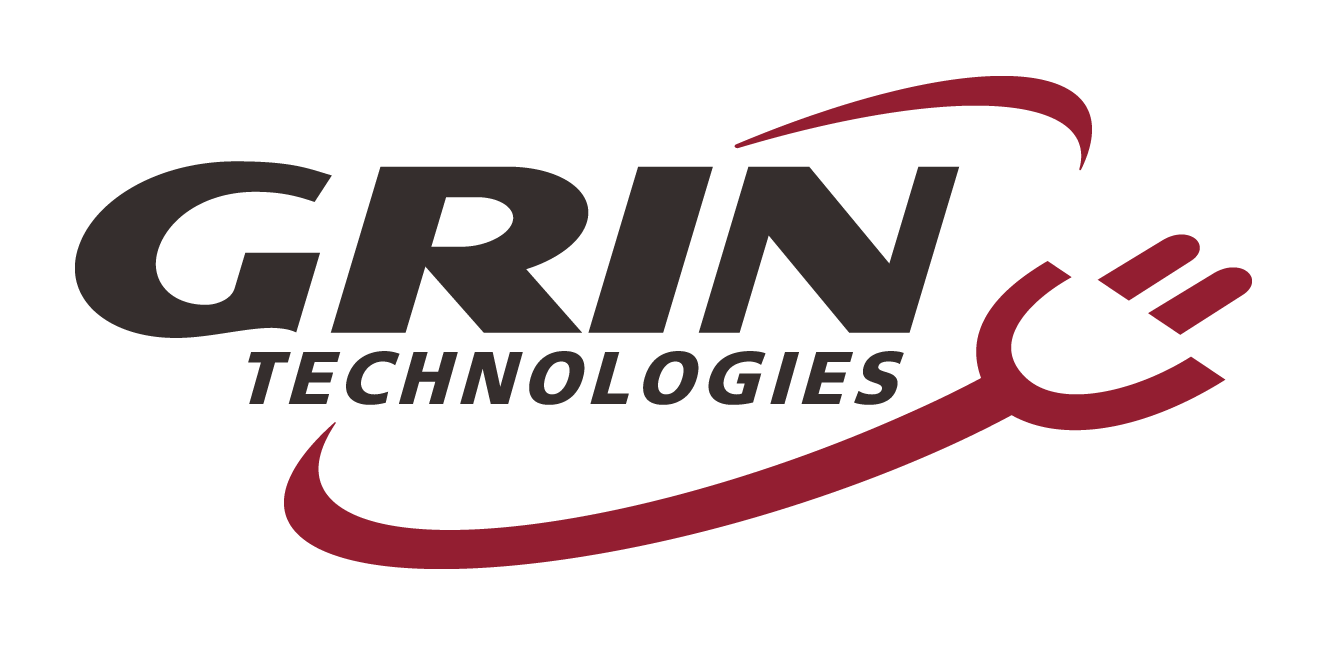Batteries
First and foremost is that the 18650 battery cell standard has evolved to specifications that were previously only dreamed of. Without changing anything to the weight or price of their packs, Allcell recently switched to a newer LG MG1 cell model. This turns the 15Ah pack into a 17Ah pack, and the 20Ah pack into 23Ah, and simultaneously cuts the internal resistance and voltage sag almost in half compared the 15 and 20Ah packs.
All our Allcell packs are of this 2015 model with MG1 cells, and we've added them to the charge simulator and hub motor simulator to see the difference.
Charge Simulator
It's not just LG that has been releasing cells with both high capacities (>2700mAh) and high current handling capabilities. Sony, Samsung, Panasonic etc. have all been updating their lineups of 18650 cells making this an exciting time for ebike battery capabilities. We've now refreshed the ebikes.ca
charge simulator to include dozens of new and old cell models, so anyone using the Satiator charger will be able to set their full charge voltage thresholds more precisely for a specific target battery capacity. Just select the cell type in your pack from the drop-down menu along with the correct series/parallel layout and you'll have a full charge simulation at your fingertips.
Charging, Satiator 1.0 Firmware
And did we mention charging batteries? For those with a Satiator charging doesn't get much better. We've now released the 1.0 satiator firmware and software suite which has two major new features along with numerous small improvement tweaks to the user interface and charge behavior.
The first of these is graphing! You can now see a real time plot of your charging voltage and current every time you plug in and charge a battery pack. The graph autoscales sensibly, and looking at the charge graph rather than just the final amp-hours can tell you interesting things, like how much time was spent in constant voltage mode versus bulk charging, and whether the current from the Satiator was reduced due to thermal rollback etc.
The second major feature is charge statistics. The V1.0 Satiator firmware not only keeps track of how many charging amp-hours and watt hours it itself has delivered over its life, it also keeps track of the total cycle statistics on each individual profile too. So now you will have an automatic record of how many cycles and kWhrs of energy you've put into your battery pack, and if you use multiple profiles on the same pack you'll have a breakdown of how often you've charged it to 80% vs 100%, fast charge vs slow charge etc.
This information is invaluable in understanding the life cycle costs of a battery pack under different charge scenarios, and can compliment the data from a Cycle Analyst or similar device that records the discharge statistics. The more people we have collecting real world performance data like this instead of just contrived lab test data, then the better the community as a whole can know what to expect for battery longevity.
Small tweaks include a new "About Satiator" section of the setup menu that shows current info on the device, the ability to see the previous charge cycle amp-hours even after you have disconnected the pack, the ability to display battery temperature on any pack (not just NiMH/NiCad) by hooking up a thermistor, and a better fault handling behavior when dealing with packs that have problematic BMS circuits and whatnot.
This new 1.0 version of Satiator firmware does require a new software suite in order to display all the new information, and the
software and firmware are available for download right now. Please click the appropriate link to embark on the best charging experience ever.
Field Oriented Controller
And back to the subject of things getting better. The pilot run of BAC500+ field oriented motor controllers that we launched late last year was a good success, but what follows is even better.
The PhaseRunner is based on ASI's BAC800 controller units with a special heatsink, potted enclosure, and cable harness all made here at Grin. It can run at higher voltages (95V instead of just 60V max), higher phase currents (80A rather than 60A), and has a smaller and narrower footprint, all at the same price. Many more details are available by reading through the
endless-sphere thread starting here.

We're hoping to make this a standard and stock cornerstone of our controller and kit offerings by fall of 2015, but in the meantime we're still producing a couple of these a day for advanced technical users.
Alex DM24 Rims with 3D Drilling
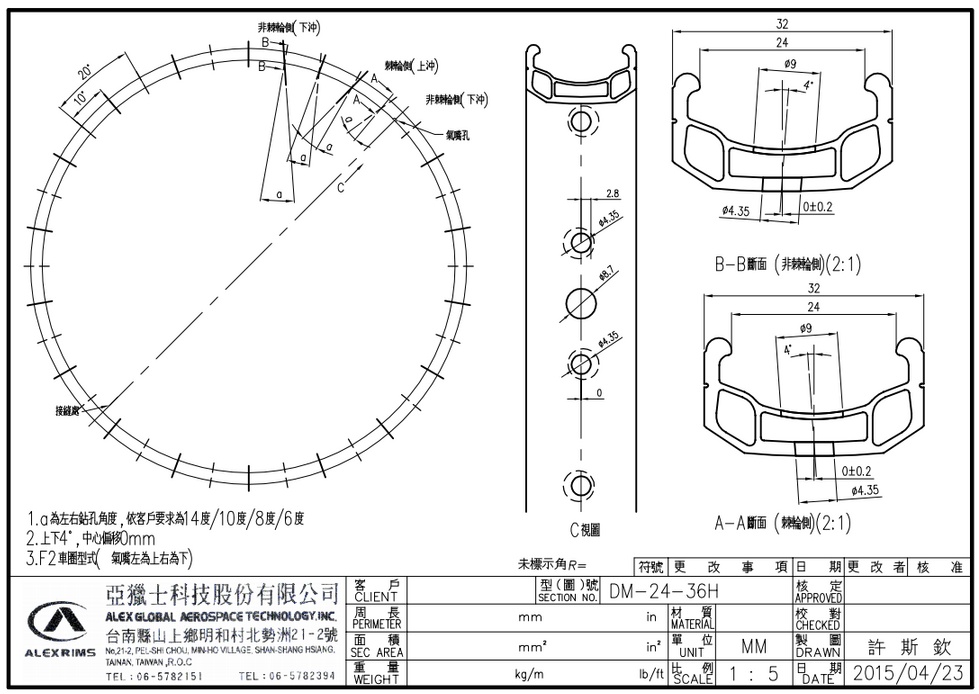
Anyone who has laced a large diameter hub motor into a small diameter rim will be more than familiar with the problem of spoke angle. Just a single cross pattern will produce an angle that puts large stresses on the nipple and bends the spoke, something we've modeled on the hub motor spoke calculator for people to anticipate. Alex Rims has been offering 3D drilling of their spoke nipple holes in the rim to allow the nipple to exit at an angle rather than radially inwards, and we got a large number of these in a 20" rims size drilled out to 14 degrees which should allow you to do single cross lacing jobs when previously only radial would make sense.
Unfortunately, the 3D drilling is not compatible with their rim eyelets at the moment, so for the 24", 26" and 700c DM24 rims we opted to go for stainless eyelets instead.
Shop Video Tour
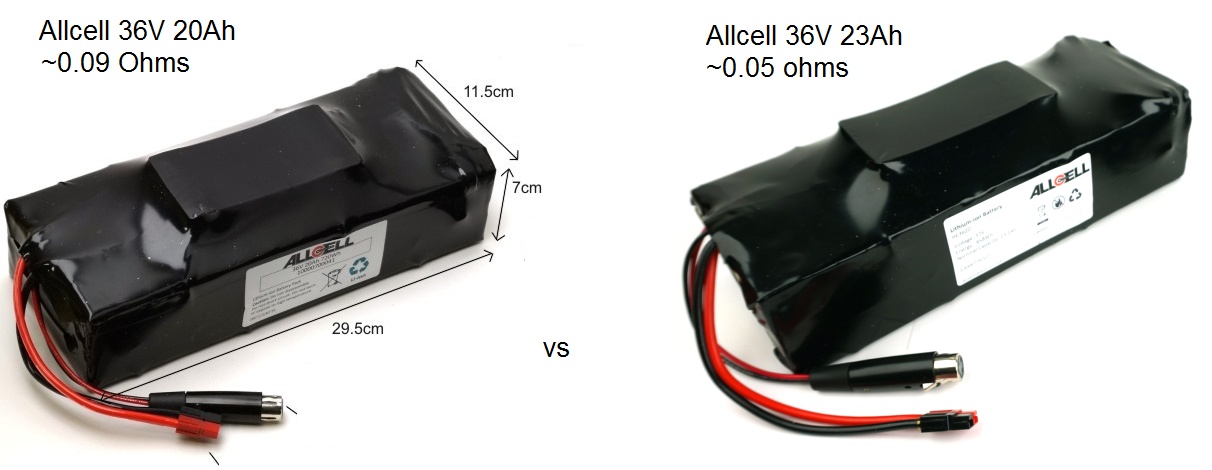
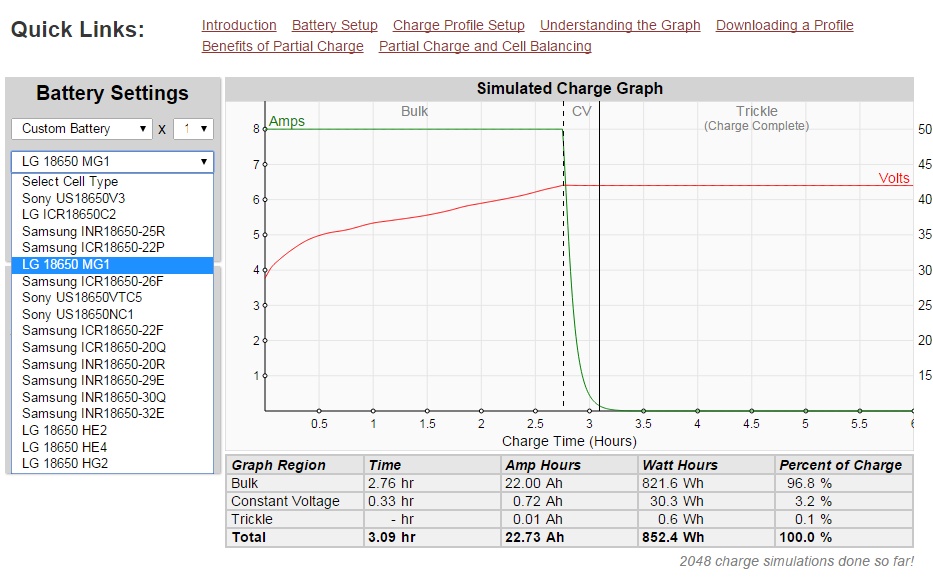

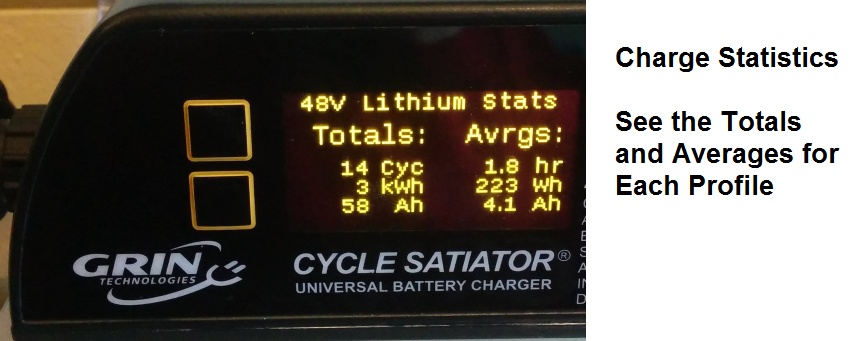




 Canadian
Canadian